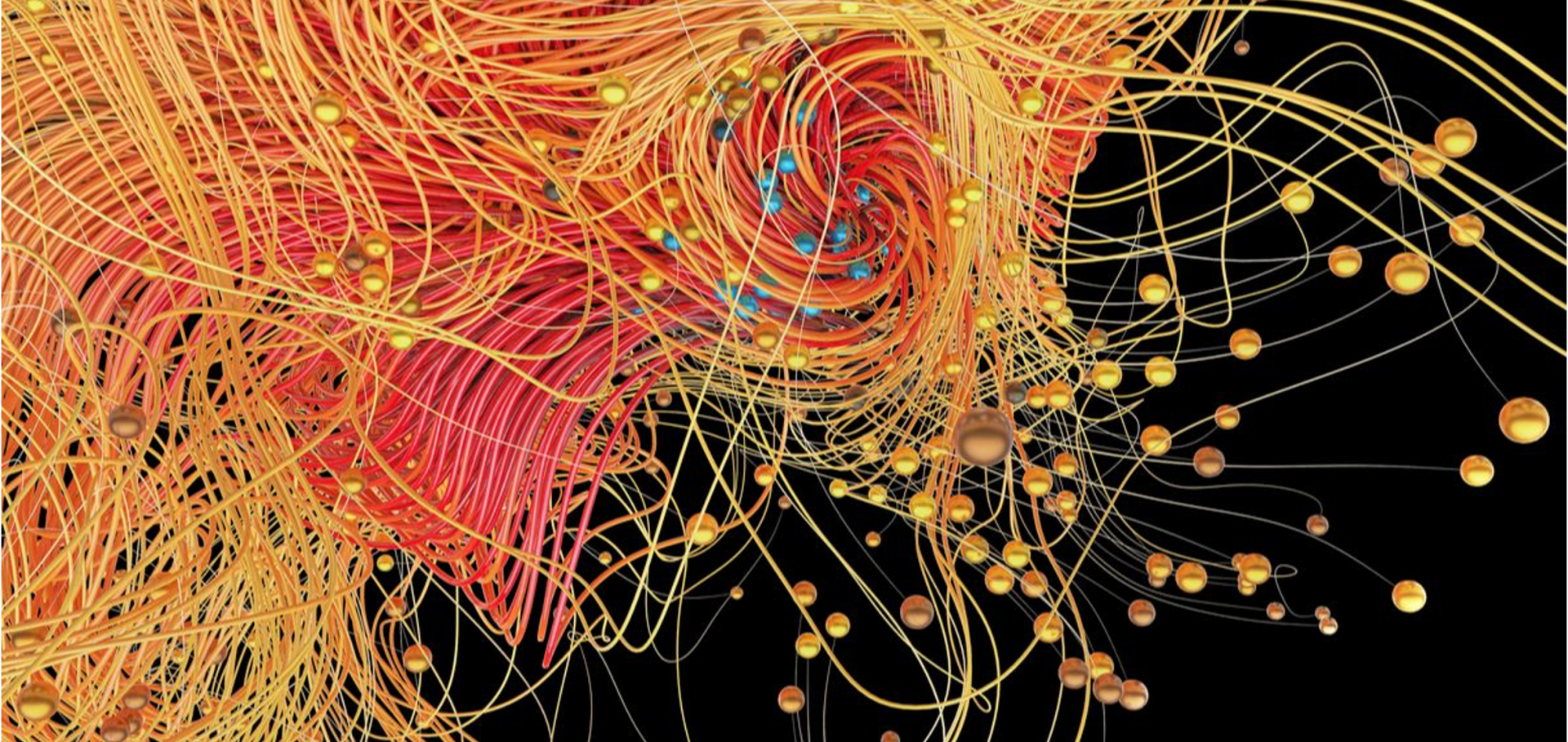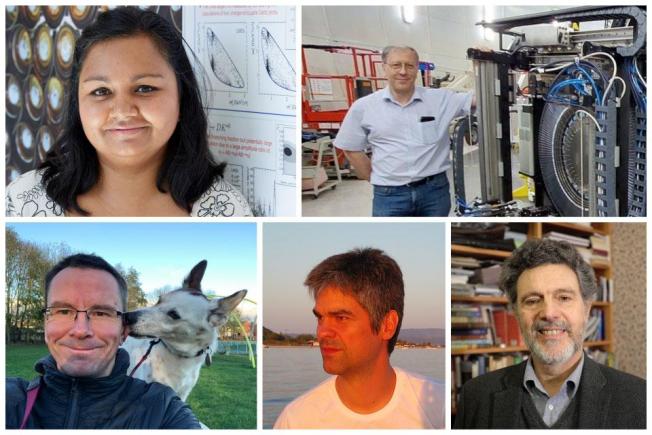Controlling spin current polarization through non-collinear antiferromagnetism
(2019)
Micromagnetic modelling and imaging of vortex|merons structures in an oxide|metal heterostructure
(2019)
Metis: the Solar Orbiter visible light and ultraviolet coronal imager
(2019)
Spin-wave directional anisotropies in antiferromagnetic Ba3NbFe3Si2O14
Physical Review B American Physical Society 100:13 (2019) 134429
Abstract:
Ba3NbFe3Si2O14 (langasite) is structurally and magnetically single-domain chiral with the magnetic helicity induced through competing symmetric exchange interactions. Using neutron scattering, we show that the spin waves in antiferromagnetic langasite display directional anisotropy. On applying a time-reversal symmetry breaking magnetic field along the c axis, the spin-wave energies differ when the sign is reversed for either the momentum transfer ±Q- or applied magnetic field ±μ0H. When the field is applied within the crystallographic ab plane, the spin-wave dispersion is directionally isotropic and symmetric in ±μ0H. However, a directional anisotropy is observed in the spin-wave intensity. We discuss this directional anisotropy in the dispersion in langasite in terms of a field-induced precession of the dynamic unit cell staggered magnetization resulting from a broken twofold symmetry. Directional anisotropy, often referred to as nonreciprocal responses, can occur in antiferromagnetic phases in the absence of the Dzyaloshinskii-Moriya interaction or other effects resulting from spin-orbit coupling.Spin-wave directional anisotropies in antiferromagnetic Ba$_{3}$NbFe$_{3}$Si$_{2}$O$_{14}$
(2019)



